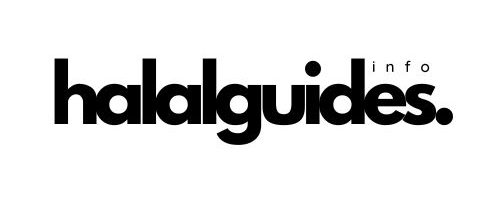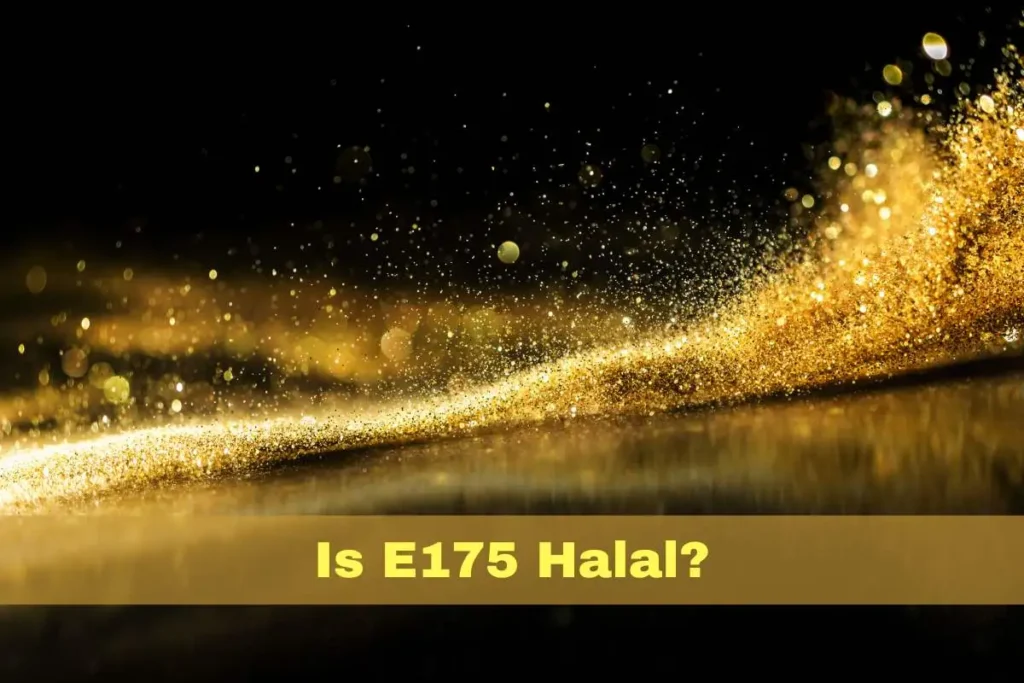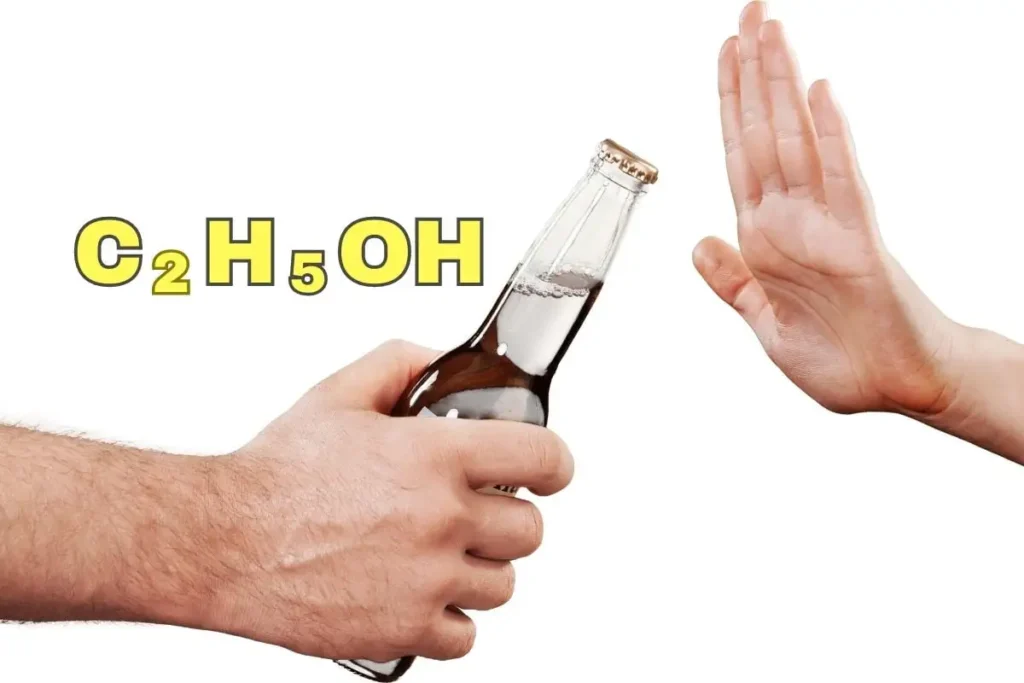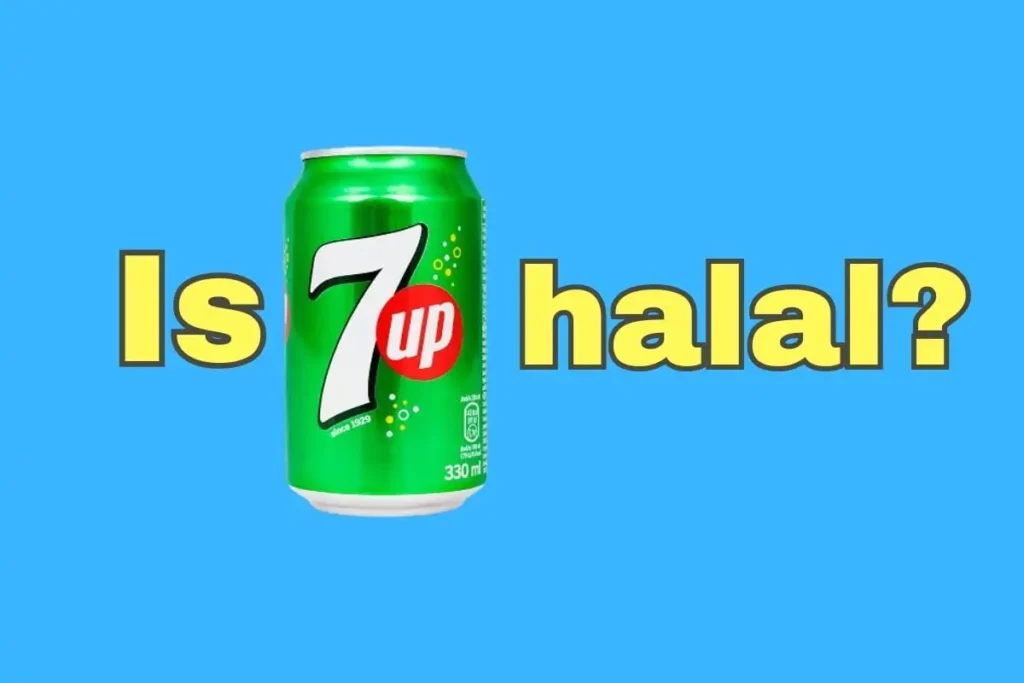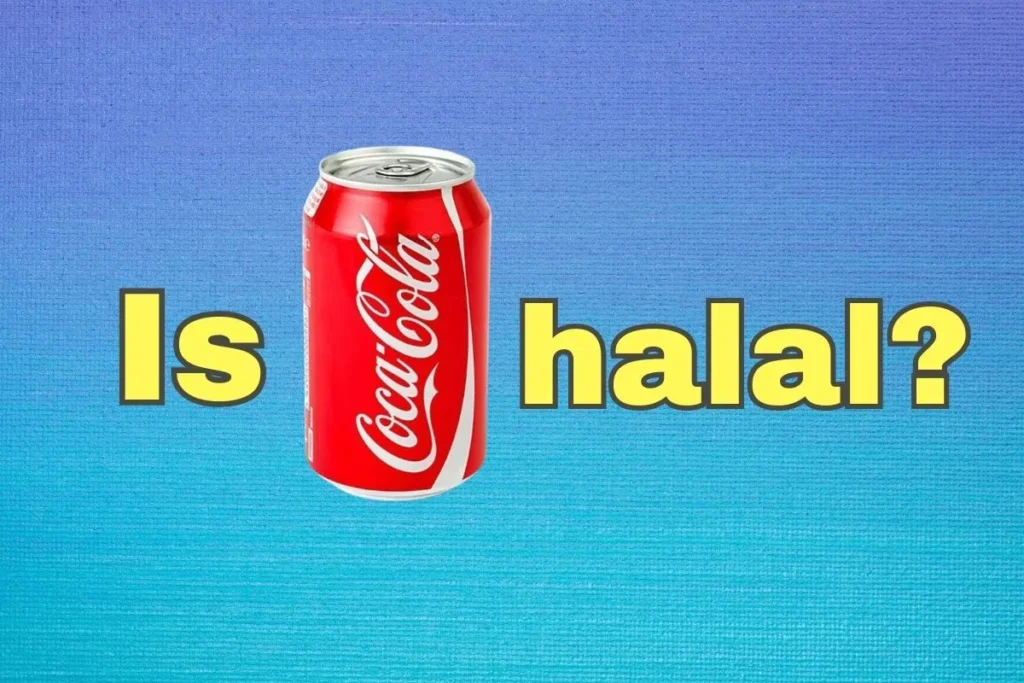Key Takeaways
E175 is a common food additive that is widely used as a preservative and thickening agent in many products. However, there are concerns about whether it is halal-compliant for Muslims.
This article provides a comprehensive overview of E175, including its source, safety, regulations, dosage, and halal status.
| 📌 E175, also known as gold chloride hydrochloride, is a food additive used in many products. It helps preserve and thicken food, control acidity, and adjust its thickness. |
| 📌 E175 is made in a lab from gold salts and hydrochloric acid. It’s not made from animals and doesn’t have any forbidden ingredients. |
| 📌 E175 is generally considered halal. It meets the halal guidelines and doesn’t contain anything haram (forbidden). It’s safe to use in food when it’s within approved levels. |
What is E175?
E175, also known as gold chloride hydrochloride, is an inorganic compound with the chemical formula AuHCl4. It is a yellow crystalline powder that is highly soluble in water and ethanol.
E175 is commonly used as a food additive and is designated by the E number E175. It serves as a preservative and stabilizer in foods and regulates acidity. It also acts as a thickening agent and controls viscosity.
Chemical Structure
The chemical structure of E175 consists of a central gold ion (Au3+) surrounded by four chloride ions (Cl-). The compound has an overall neutral charge.
The chemical formula is [AuCl4]- and the molar mass is 303.33 g/mol. Here is the structural diagram of E175:
Cl-Au-Cl
| |
Cl-ClWhat is E175 Made From?
E175 is synthetically produced through a chemical reaction between gold salts and hydrochloric acid. It does not occur naturally.
The key raw materials used in the manufacturing process of E175 include:
- Gold salts (e.g. gold trichloride)
- Hydrochloric acid
- Sodium hydroxide
The gold salt is dissolved in hydrochloric acid to produce gold chloride (AuCl3). This is then reacted with more hydrochloric acid to form E175. Sodium hydroxide is used to neutralize and crystallize the final product.
Possible Side Effects
E175 is considered relatively safe for consumption at approved levels. However, very high doses may potentially cause toxicity effects.
According to a study, food additives containing nanoparticles, including gold, can induce gastrotoxicity, hepatotoxicity, and alterations in animal behavior due to oxidative stress induction. However, the study did not specifically examine the effects of E175 on humans.
Those with gold allergies should avoid consuming E175. Overall, it has low toxicity if consumed according to regulated dosages.
Regulations and Guidelines
E175 is approved for use in food products in most countries, including:
- Europe: Approved as a food additive with E175 code.
- United States: Approved by the FDA and appears in the CFR.
- Australia/New Zealand: Permitted as a food additive under code number 175.
- Canada: Listed in Division 16 of the Food and Drug Regulations.
The maximum permitted levels range between 0.15-5 mg/kg depending on the food product. It must be used according to Good Manufacturing Practices (GMP).
Dosage and Administration
The Acceptable Daily Intake (ADI) level for E175 or Gold has not been established by the European Food Safety Authority (EFSA) or the Joint FAO/WHO Expert Committee on Food Additives (JECFA).
Gold (E175) was previously evaluated by the Scientific Committee on Food (SCF) in 1975. The Joint FAO/WHO Expert Committee on Food Additives (JECFA) has not reviewed gold due to a lack of data.
None of the Committees established an acceptable daily intake (ADI). The EFSA has re-evaluated the safety of gold (E175) and recommended that the specifications for gold (E 175) should include the mean particle size and particle size distribution (± SD), as well as the percentage (in number) of particles in the nanoscale (with at least one dimension below 100 nm), present in the powder form of gold (E 175).
Exposure estimates of gold (E 175) reached up to 1.32 µg/kg body weight (bw)/day in the maximum level exposure assessment scenario and up to 0.33 µg/kg bw/day in the refined, non-brand-loyal, exposure scenario.
Is E175 Halal or Haram?
Additive E175 is included in the halal category because it does not come from animals that have not been slaughtered according to sharia and the production process does not involve any haram (forbidden) ingredients.
Find out more:
Is E174 Halal or Haram?
Is E180 Halal or Haram?
Conclusion
E175 or gold chloride hydrochloride is a common preservative and stabilizer used in the food industry. It has a long history of usage with relatively low toxicity at approved doses.
While it can potentially cause side effects when consumed in very high amounts, it is generally considered safe at approved levels. Importantly, E175 is classified as halal because it meets the requirements of Islamic dietary laws. It doesn’t contain any forbidden ingredients, and its production process adheres to halal standards.
Allahu A’lam (Allah Knows Best)
FAQ
What is the source of E175?
E175 is synthetically produced from gold salts and hydrochloric acid. It does not occur naturally.
Is E175 safe for consumption?
E175 is considered safe at approved levels between 0.15-5 mg/kg in food products. The Acceptable Daily Intake (ADI) is 0.5 mg/kg body weight. Higher doses may have toxicity effects.
What are some common food products that contain E175?
E175 is found in items like desserts, ice cream, canned meat products, soft drinks, and processed seafood. It serves as a preservative.
What is the CAS number of E175?
The CAS (Chemical Abstracts Service) registry number of E175 or gold chloride hydrochloride is 16961-25-4.
Is E175 banned in any country?
E175 does not appear to be banned in any major country or region. It is approved for usage in food products in most places with regulated maximum levels.
- Is Pop Tarts Halal? What You Need to Know - February 18, 2024
- Are Graham Crackers Halal in Islam? - January 19, 2024
- Is Keebler Wheatables Halal? - January 18, 2024
